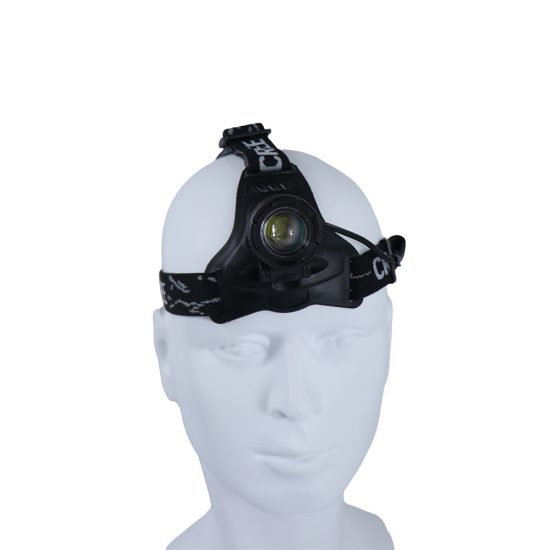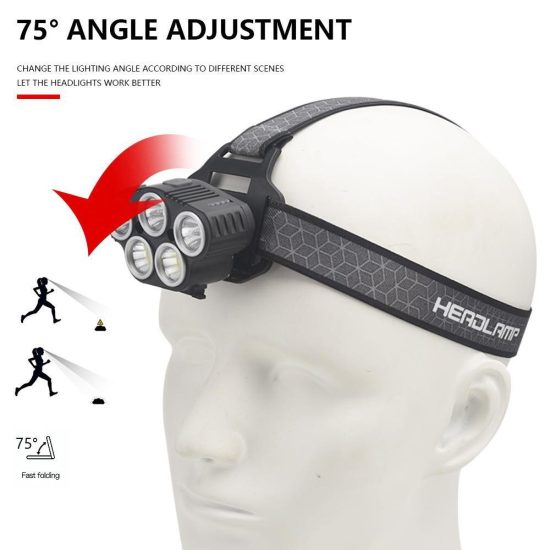Absolutely, finding the perfect flashlight involves considering several key factors. Here’s a guide to help you make bright choices:
1. Identify your needs:
Purpose: Determine the primary use of the flashlight (everyday carry, outdoor activities, emergencies, etc.).
Environment: Consider where you’ll use it most (indoors, outdoors, rugged terrain, water environments).
2. Brightness and lumens:
Lumen output: Higher lumens offer brighter light but may drain batteries faster. Choose based on your specific needs.
Beam distance: Consider how far the light needs to reach for your activities.
3. Battery type and life:
Disposable vs. Rechargeable: Decide between convenience (disposable batteries) and long-term cost-effectiveness (rechargeable).
Battery life: Look for a balance between brightness and how long the flashlight can run on a single charge or set of batteries.
4. Durability and weather resistance:
Build quality: Choose a sturdy flashlight that can withstand drops, impact, and rough handling.
Water resistance: Check the ipx rating to ensure it meets your needs for water exposure.
5. Size, weight, and portability:
Size: Consider the balance between power and portability. Smaller flashlights are easier to carry but may have lower output.
Weight: Opt for a lightweight design, especially for everyday carry.
6. Ease of use and features:
User interface: Ensure the controls are easy to navigate, especially in different modes (high, low, strobe, etc.).
Special features: Look for adjustable focus, multiple lighting modes, and emergency functions (sos, strobe).
7. Specific use cases:
Everyday carry (edc): Choose a compact and lightweight flashlight with moderate lumens.
Outdoor and camping: Consider higher lumens, longer beam distance, and rugged durability.
Emergency preparedness: Focus on long battery life, reliability, and ease of use during emergencies.
8. Brand reputation and budget:
Reputable brands: Consider established brands known for quality and reliability.
Budget consideration: Set a budget and compare flashlights within that range, balancing features with affordability.
9. Research and reviews:
Read reviews: Check online reviews and user feedback to gain insights into the flashlight’s performance and durability.
Compare models: Compare specifications and features across different models to find the best fit for your needs.
10. Warranty and after-sales support:
Warranty: Look for warranties that cover defects or malfunctions.
Customer support: Consider the brand’s reputation for customer service and support.
By considering these factors and aligning them with your specific requirements, you can make an informed decision and find the perfect flashlight that suits your needs and preferences.


